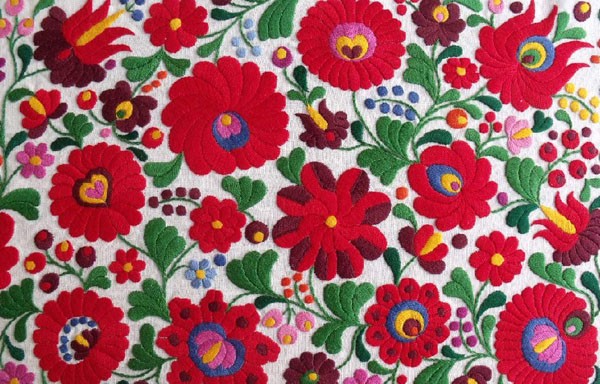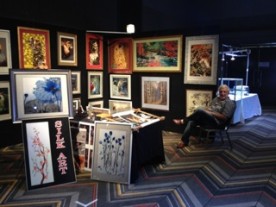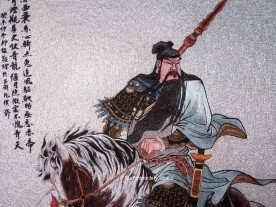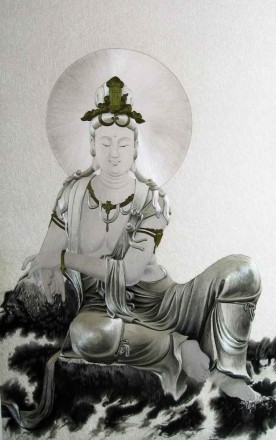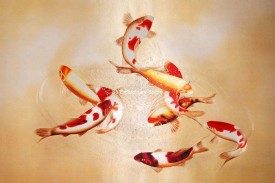The history of Hungarian embroidery is intertwined with the rich tapestry of European embroidery traditions. One of the oldest surviving examples of Hungarian embroidery can be found in the Hungarian National Museum—a royal robe that once belonged to the first King of Hungary, Stephen I. This robe, resplendent in rich golden silk, was painstakingly embroidered with the assistance of the king's wife, highlighting the royal connection to this ancient craft.
Hungarian embroidery owes its early influences to foreign nuns and noblewomen who introduced Western embroidery stitches to the region. The local artisans then added their own stitches and designs to create a distinct Hungarian style. During the Middle Ages, embroidery evolved into a highly respected profession, with skilled masters producing lavish pieces for emperors and knights. Many of these intricate works are still preserved in museums across Hungary. In this era, Byzantine and Gothic styles made significant contributions, along with later influences from Turkish and Italian Renaissance designs. This unique amalgamation of Western and Eastern influences laid the foundation for Hungarian embroidery's distinctive character.
Buy Chinese Silk Embroidery Online
The pinnacle of Hungarian embroidery occurred during the 16th and 17th centuries. Noble estates often housed embroidery workshops where young girls learned this craft, creating intricate and delightful motifs for estate textiles and future household items. This period saw a synthesis of Renaissance symmetry, delicate floral patterns intertwined with tendrils, and opulent floral centerpieces, as well as Turkish-style asymmetry, simplified floral drawings, and stylized cypress and flower bushes. Of all the historical influences, this era had the most profound impact on Hungarian embroidery traditions.
In contrast to noble embroidery, folk embroidery is found in almost every Hungarian village. Folk embroidery exhibits a more relaxed and unstructured approach in both composition and stitching. Floral and figurative motifs are characterized by simplicity and naivety, often using rich primary colors like red, blue, and black.
Custom Portrait Embroidery from Photo
Hungary's embroidery heritage is more evident in household textiles than in clothing and apparel. The display of a family's wealth was often measured by the number of embroidered household textiles it possessed. Young girls were taught embroidery from a very early age and typically did not marry until they had completed their trousseau—comprising their future textiles—with the guidance of their aunts and mothers. Being recognized as a skilled embroiderer was considered a great honor. While textiles for clothing and accessories also featured traditional embroideries, the heart of Hungarian embroidery can be found in the cherished textiles that adorned homes and hearths across the country.
by Su Embroidery Studio (SES), Suzhou China
SES is dedicated to Chinese Silk Embroidery Art and High-End Custom Embroidery
Find SES's embroidery work at Chinese Silk Embroidery for Sale.


